Affiliate Disclosure: AmmoCave.com sometimes gets paid for listings, through sponsors or affiliate programs like Lucky Gunner, Optics Planet, Brownells, Cabelas, Academy Sports & Outdoors, Rainier Arms, Palmetto State Armory, Sportsman’s Guide, Ammo.com, Ammo Man, Primary Arms, MidWayUsa, Amazon, eBay, etс. Clicking a link helps keep AmmoCave.com free, at no extra cost to you!
Authors: Each article is verified by AmmoCave's expert team. Professional hunters, firearm trainers, gunsmiths, and gun experts write the articles. AmmoCave Team independently researches, tests, reviews, and uses recommendations from our community of gun owners. We may earn commissions from shopping links.
Note: The views and opinions expressed in this article are those of the authors and do not necessarily reflect any agency's official policy or position. The articles are for informational purposes only, share your opinions about Best 38-40 WCF Ammo in the comments and join the discussions. Let's share 💬 our ammo & gun experiences together!
What is 38-40 WCF Ammo? 🤔
This ammo is a type of ammunition designed specifically for use in lever action firearms. It was developed by the Winchester Repeating Arms Company in 1882 and is frequently used in cowboy action shooting competitions.
Features 🔥
38-40 WCF ammo is a popular choice among shooters due to its performance and affordability.
- ✳️ This round was created with the intent of providing a more powerful round than the existing .38 Long Colt and .41 Long Colt cartridges.
- ✳️ This high-powered cartridge is known for its versatility, making it suitable for many applications such as hunting, target practice, competitions, and law enforcement use.
- ✳️ It offers excellent accuracy and knockdown power from its large bullet diameter of .401 inches. This larger caliber gives the shooter an increased chance of making clean kills at longer distances compared to other handgun rounds.
- ✳️ Ammo is available in a variety of loadings that make it suitable for different applications. These include:
- ✴️ Jacketed hollow point (JHP) rounds for self-defense;
- ✴️ Full metal jacket (FMJ) rounds for target practice and cowboy action shooting competitions;
- ✴️ Lead round nose (LRN) bullets for hunting games such as deer or wild boar;
- ✴️ Wadcutter (WC) bullets are designed specifically for target shooting accuracy.
- ✳️ Its wide range of uses makes it a great choice for any shooter looking to get into reloading or trying out handgun hunting or competition shooting.
Benefits 🤩
The 38-40 Winchester Center Fire (WCF) ammo is a popular and reliable choice for shooters who want to hit their mark accurately at long range. It offers several notable benefits:
- 🔰 High Accuracy: The accurate design of this ammo ensures that it will hit its mark with precision, making it the ideal option for any shooter searching for accuracy over distance.
- 🔰 Performance at Long Range: The design of this ammo allows it to remain stable in flight over long distances, ensuring consistent performance from shot to shot.
- 🔰 Low Recoil: Despite being powerful enough for hunting applications, it has low recoil which makes it an excellent choice for target shooting and range practice.
- 🔰 Enhanced Reliability: This type of ammo is designed to withstand extended use without jamming or malfunctioning, making it an extremely reliable cartridge choice.
- 🔰 Quality Construction: The strong casing, non-corrosive primers, and clean burning powder contribute to the high-quality construction that makes the ammo a dependable option time after time.
Ballistic Coefficient 💡
The ballistic coefficient of 38-40 WCF ammo is highly dependent on the specific bullet design and its construction.
- ⌛️ Generally, a lead round nose (LRN) bullet or flat point (FP) bullet has a ballistic coefficient between 0.125 and 0.140, while a jacketed hollow point (JHP) bullet has higher ballistic coefficients that range from 0.150 to 0.180.
- ⌛️ This means that the aerodynamic performance of a JHP projectile is superior to an equivalent LRN or FP due to its smoother surface profile and better drag reduction in flight.
- ⌛️ Bullet weights vary from 150 to 200 grains, with most loads featuring either a 150 or 180-grain projectile.
- 🎯 When fired out of a rifle barrel length of 16″ or greater, the velocity of the bullet can reach up to 1,200 feet per second (fps).
- 🎯 The corresponding energy at the muzzle can be as high as 600-foot pounds (ft/lb).
🤠 As such, it’s considered an effective medium game cartridge when used within reasonable distances. Because of its inherent accuracy, this ammo can also be used for target shooting and competitive events such as Cowboy Action Shooting and Steel Challenge matches.
38-40 WCF Ammo 🎯 Reviews
38-40 – 180 Grain LFN – Black Hills
The 38-40 WCF has been revitalized by the popularity of Cowboy Action Shooting, and the Black Hills is proud to offer this classic cartridge. It delivers the performance you need to compete in sport, with a faithful recreation of its historic accuracy and power. The 180-grain lead round nose projectile erupts from the muzzle at 800 feet per second, for excellent target penetration. The broad nose bullet is ideal for paper targets or for taking down steel targets. The Black Hills is committed to providing the best quality ammunition for all your shooting needs.
How to reload? 🧑🔧
🔍 If you are a DIY enthusiast, reloading your 38-40 WCF ammo can be a great way to extend the life of your ammunition. Reloading is an economical means of customizing and controlling the performance of your firearm, as well as allowing for experimentation with different types of projectiles and propellants.
📌 Before you get started, some important safety considerations must be made:
- ⭕ Make sure the gun is unloaded and pointed in a safe direction while reloading;
- ⭕ Follow all safety instructions on any product used;
- ⭕ Wear protective eyewear when handling primers, cleaning solutions, or solvents;
- ⭕ Always wear hearing protection during shooting activities.
⬇️ Now let’s discuss how to reload your ammo:
- ➡️ First, you will need a reloading press and dies, primers, powder, cases, and bullets or projectiles.
- ➡️ Follow all manufacturer instructions when loading, paying close attention to recommended charge weights.
- ➡️ Weigh each powder charge before pouring it into the case mouth and use a funnel for accuracy.
- ➡️ Carefully seat each primer into the case before adding powder and bullet/projectile.
- ➡️ The cases should be cleaned and inspected before reloading for signs of cracks or damage that may cause malfunctioning.
FAQ 😎
Conclusion 🥰
38-40 WCF ammo is a type of ammunition that has been around for over 100 years. It was designed for use in rifles and pistols and has seen a resurgence in popularity in recent years. This ammo is available from many different manufacturers, and there are a variety of different types available. In this article, we’ve looked at the best ammo on the market today. We hope that the information in this guide will help you to make the right decision! 🤠👍






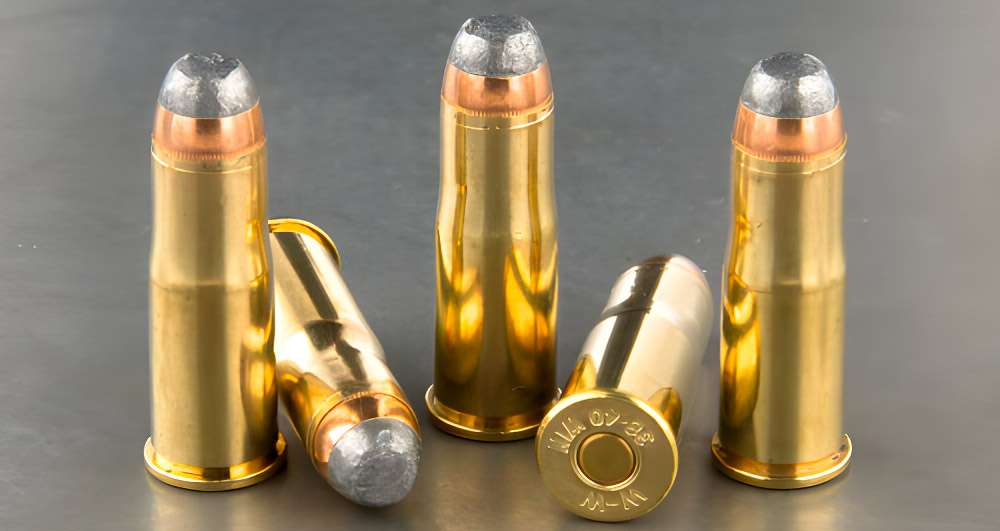

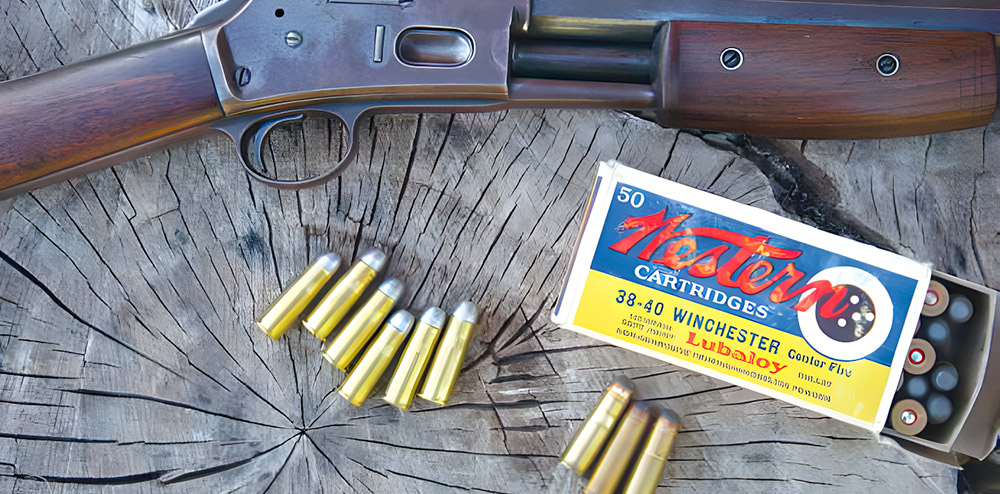


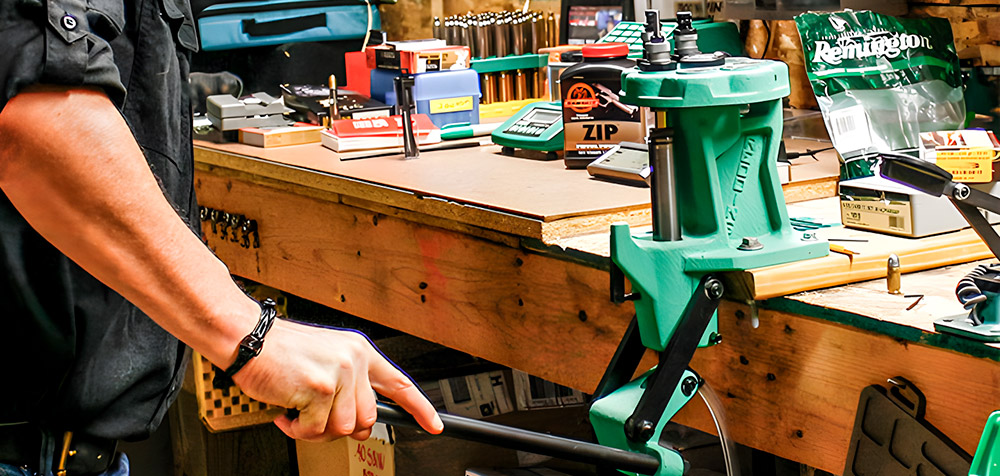
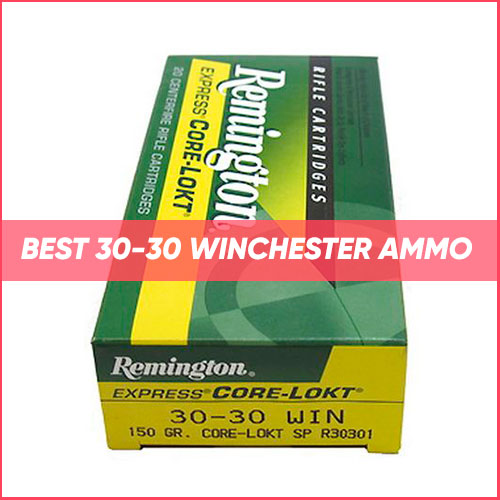


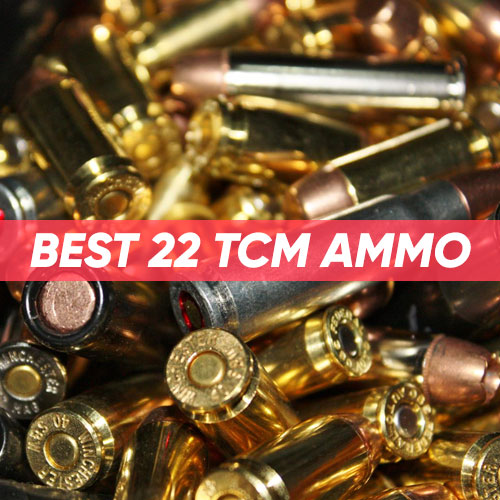

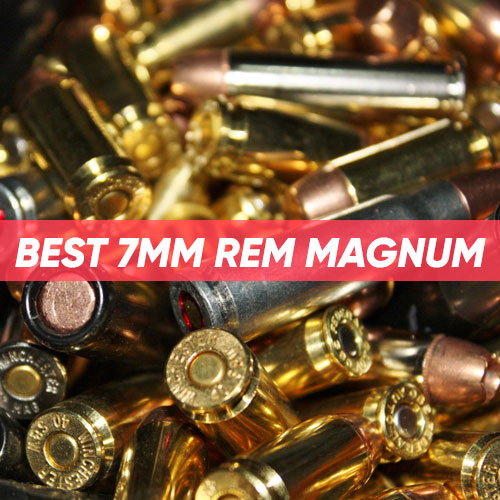

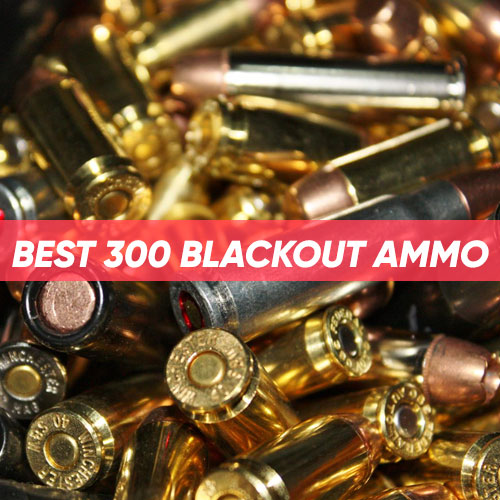
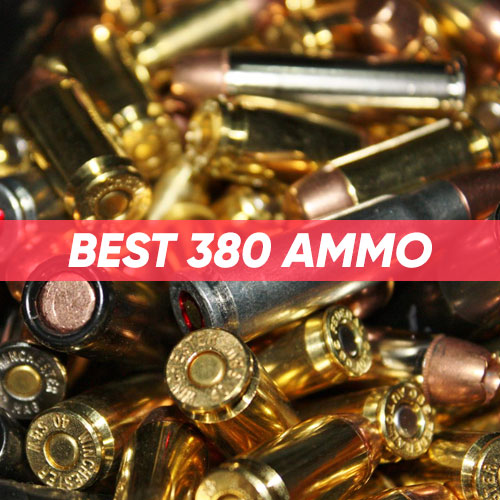
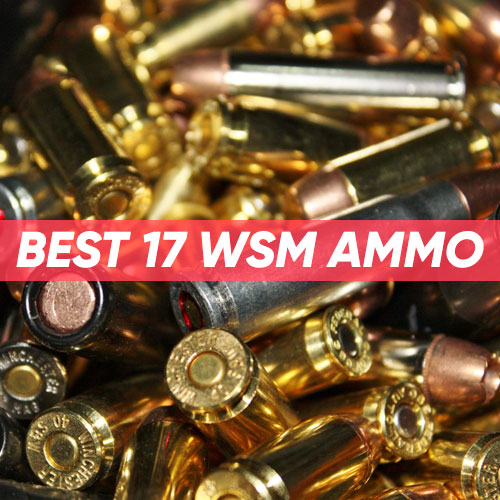
I find it intriguing that the Marlin nomenclature (.38-40) became the popular name for this cartridge in the 20th century, despite Winchester referring to it as the .38 WCF in catalogs and advertisements. I wonder if there are any theories or speculations as to why this is the case.
I think it’s not difficult to see why other gun manufacturers who chambered the same cartridges would be hesitant to promote a competitor’s name. After all, the caliber and powder charge was the conventional ways to identify any cartridge. Winchester’s eagerness to stamp their name even on cartridges they had no role in creating failed when they labeled guns chambered in .25-20 SS, developed by Maynard, as .25 WCF.
As a reloader of the .38-40 cartridge, I find it fascinating that it was originally called the 38 W.C.F. by Winchester but later became known as the .38-40. It was Marlin who started using this name, and it eventually became more commonly used. In my experience, I’ve used mostly Winchester and Starline brass for reloading, but have also used some old balloon headcases. I’ve found that newer cases can typically handle around 33 grains of 3f powder, whereas the older cases can handle up to 38 grains. When black powder cartridges were originally named, the convention was to list the caliber first and then the case length, but as they became more standardized, the powder charge was included in the name. Therefore, I speculate that the .38-40 was named by listing the powder charge first, followed by the caliber, because .40-38 just doesn’t sound right. Am I right?
When the .38-40 cartridge was introduced, it was common to name cartridges based on the “caliber-powder charge-bullet weight” convention. For example, the Army cartridge was referred to as “.45-70-500” or “.45-55-405.” Winchester initially named the .38-40 cartridge “.38 W.C.F.” but it later became known as the .38-40. The decision to use the .38 caliber was in line with its intended use as a small game rifle cartridge. Although 40 grains of black powder was a short-lived charge, it was the original charge. No manufacturer ever suggested that it was a .40 caliber cartridge.
In my opinion, the true reasoning behind the naming of the .38-40 cartridge may always remain a mystery, but there are certainly some plausible explanations. Despite this, it remains a fantastic cartridge in my book. I have noticed that Marlin used to stamp their guns with the caliber name, such as 38W for the 44 WCF and 32W for the 32 WCF. However, later on, in the 1900s, they switched to using 38-40, etc. for Winchester calibers. I think this was likely due to not wanting to give free advertising to their competitors by putting their names on their guns, as Colt did with the 32 S&W Long versus the 32 New Colt Police.
Have any of you shot the 38-40 WCF in a rifle or revolver with smokeless powder? I’ve read that it’s a high-performance and accurate cartridge, and quite ahead of its time being a bottleneck design. I’m aware that it’s a handloader’s cartridge, and Starline offers brass, but I’m wondering if it’s worth the effort and expense to use in a revolver or lever gun. I’m drawn to it because of its relative rarity. Any thoughts or experiences with this cartridge?
I own a Winchester 92 chambered in 38-40 and find it to be a fun little rifle to shoot. It’s important to note that despite its name, it’s a 40-caliber bullet. I cast my bullets and typically load them with either 700 X or Trail Boss powder, both of which work well in the rifle. I mainly use it for shooting cans, but it could be effective for pest control at close range. I’ve heard that the 38-40 is somewhat popular in cowboy shooting competitions.
I’ve had a fascination with the .38-40 cartridge since the mid-1950s, and over the years, I’ve owned several firearms chambered in this caliber. The first was a Win 1885 Hi-wall that I found in a collapsed line shack in the Ruby Mountains of NV. I still have it, and it’s incredibly accurate even after firing several thousand rounds through it. I also have an 1885 Lo-wall that I bought in Vermont in the late 1980s, which I had a gunsmith relined to new bore condition. I’ve used “cowboy loads” to hunt two whitetails with it, and it worked perfectly fine. Revolvers chambered in .38-40 with excellent bores are incredibly accurate, and they were popular in the early 1900s before the introduction of high-velocity .38 Spl. and .357 handguns. Colt kept the chamber and bore dimensions of the .38-40 consistent over the decades, which may be because they didn’t make enough of them to wear out the tooling as they did with more popular calibers like .45 Colt and .44-40. I’ve mostly had Colt “New Service” DAs in this caliber, and they have all been accurate with factory ammo. Trail Boss powder is my go-to for the .38-40 cartridge, and I cast my bullets using an LBT 180 gr. design with a large meplat. Starline cases and the Black Hills “Cowboy Loads” are excellent choices to get started. Uberti still makes .38-40s, and Dixie Gun Works still has some SAAs and Bisleys. The only downside to the .38-40 is that it can be loud in short-barreled revolvers, so it’s essential to wear ear protection.
As a fan of the .38-40 cartridge, I prefer to use Starline brass in my single-action army revolver and Universal powder for loading. I often think of the .38-40 as a rimmed version of the .40 S&W cartridge, as they have similar ballistics. However, the bottleneck design of the .38-40 allows it to fit in 45 Colt belt loops.
As a CAS shooter, I’ve been considering getting a lever gun chambered in .38 W.C.F. I’m also curious if this caliber would be suitable for hunting, specifically for coastal deer or pigs. I realize there are more powerful calibers available, but I’m wondering about the versatility of the .38-40. Has anyone used it as a hunting round?
As someone who shoots the 38-40, I have experience using it in a Ruger Blackhawk revolver. This cartridge can handle heavy loads in that revolver. In terms of using it for hunting, the level loads that were originally sold for rifles should be able to take down a deer without any issues. However, since these loads are no longer available, you’ll have to duplicate them yourself. With a carbine, you should be able to achieve velocities of 1600+fps with a 200gr bullet while maintaining good brass life. It’s important to note that when buying brass, only go for Starline brass as it is the best option available.